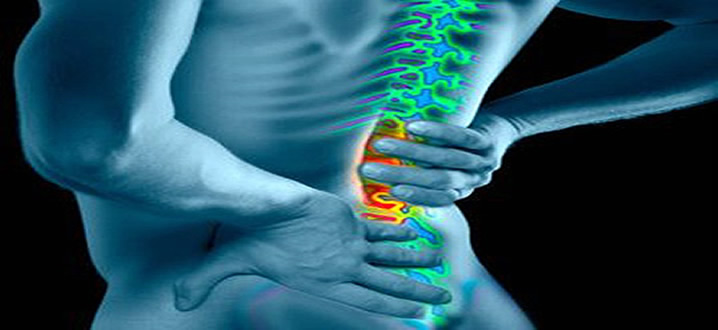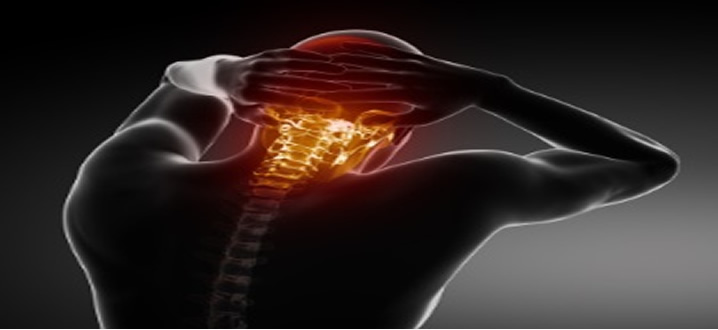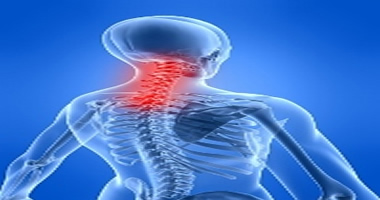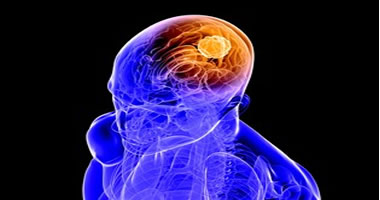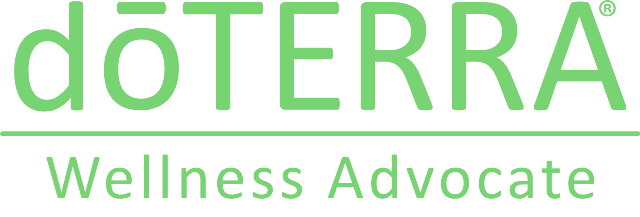The Purpose of Spinal Rehabilitation
| Dynamic Chiropractic – April 5, 1999, Vol. 17, Issue 08 | |||
| The Purpose of Spinal Rehabilitation: Integration of Passive and Active Care | |||
| By Craig Liebenson, DC | |||
The purpose of spinal rehabilitation is to prescribe effective therapeutic exercise. This is indicated for individuals who have developed physical deconditioning of their muscular systems. This may have arisen from a specific injury; from functional loss associated with degenerative processes; from disuse; fear avoidance behavior; or pain inhibition.
Several key concepts are fundamental to this therapeutic approach. Muscle weakness or, more specifically, decreased endurance or motor control around a specific joint axis, is an essential feature of chronic musculoskeletal pain (MP). Chronic MP is basically a motor control problem and cannot be clearly identified by diagnostic studies. In some cases, pathoanatomy is well correlated with a clinical symptom complex and orthopedic or neurologic testing. While surgery is sometimes appropriate in such cases, the majority of the time soft tissue or MP does not require surgery. Nonetheless, the locomotor system is not functioning appropriately and perpetuation of MP and repetitive strain naturally ensue. Thus, a rehabilitation program aimed at improving motor control-muscular endurance/coordination of joint stabilizers is justified.
The basic starting point of therapeutic exercise is an assessment for abnormal function (strength, endurance, coordination, balance, flexibility). Whenever possible, a quantifiable functional deficit yielding a percentage below normal should be determined as a baseline from which to determine progress. Next, an effective training program should be administered which isolates the "weak link" and provides the appropriate mode, intensity, frequency and duration of exercise to improve function. Such training should occur in such a way as to maximally challenge the muscle system while minimizing strain on the osteoligamentous (osteo- denotes bone; ligamentous- relating to or of the form or structure of a ligament) structures which are the primary pain generators.
Such training occurs in what is called the functional training range (FTR). The FTR is defined as the range which is both painless (or centralizing - the relatively rapid change in the perceived location of pain, from more peripheral, or farther from the center of the body, to a location nearer the center of the body, or proximal, location; commonly occurs during initial evaluation of patients with low back and radiating limb pain; helpful in determining the type and prognosis of physical therapy . ) and appropriate for the task at hand. To achieve this goal, no specialized equipment is necessary; however, knowledge and skill about how to identify poor motor control and train a patient's stabilization mechanisms are necessary.
A Primary Spine Practitioner (PSP) knows how to improve muscular endurance, coordination, balance, strength and flexibility through therapeutic exercise with simple techniques requiring minimal expense in equipment or space. A PSP can coach patients and knows when to refer to other rehabilitation specialists for more intensive training, multidisciplinary rehabilitation, or work hardening programs. As muscle and joint function improves pain is expected to diminish. If this does not occur, the patient requires re-evaluation to rule out "red flags" of serious disease, relevant pathoanatomy or "yellow flags" of abnormal illness behavior.
Chiropractic adjustments can achieve short-term relief of pain, but they cannot sufficiently influence the muscle system to improve motor control in chronic cases. For instance, atrophy of the multifidus (a small muscle in the back) has been found to occur in acute low back pain patients exactly where joint mobility restrictions and pain are found.
Relief of pain does not restore muscle mass to the multifidus: only a carefully executed spinal stabilization routine can achieve that. Patients can be motivated to participate in spinal rehabilitation programs by their desire to both improve function and relieve pain. This motivation will enable them to learn to tolerate some pain during the rehab process and learn to distinguish between hurt and harm. The rehabilitation program is successful because it follows modern physiological principles of tissue repair, endurance training, muscular hypertrophy and neural control.

